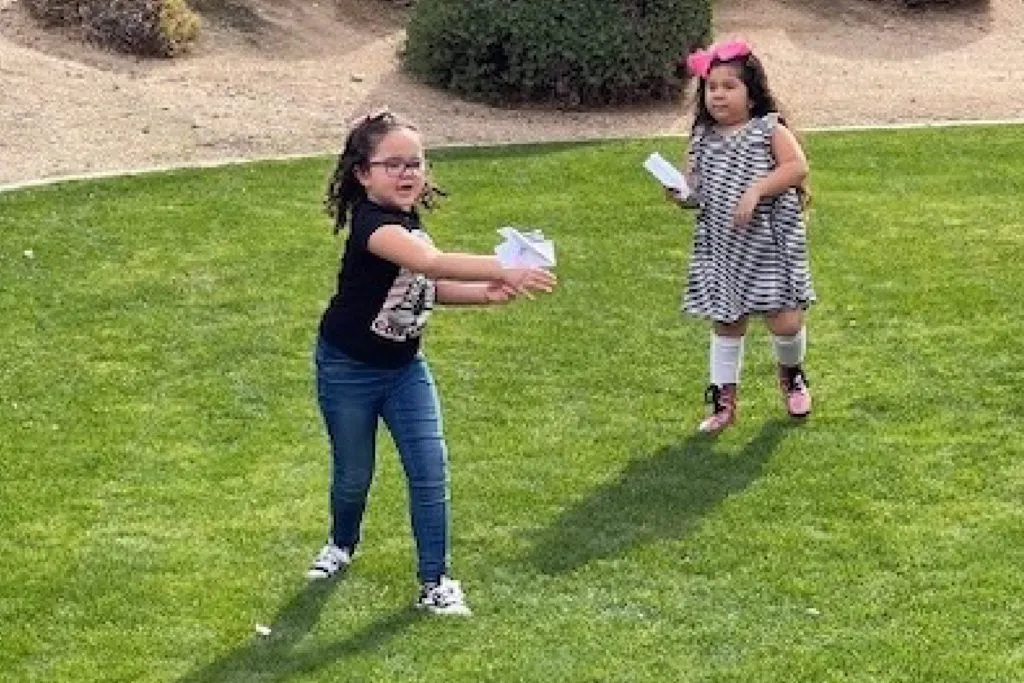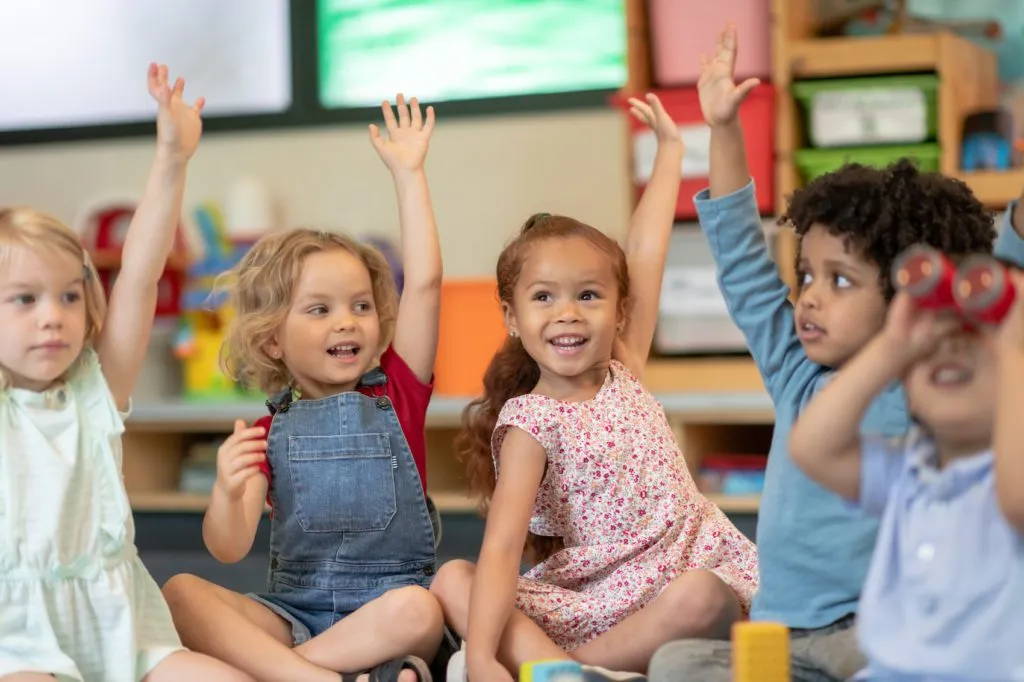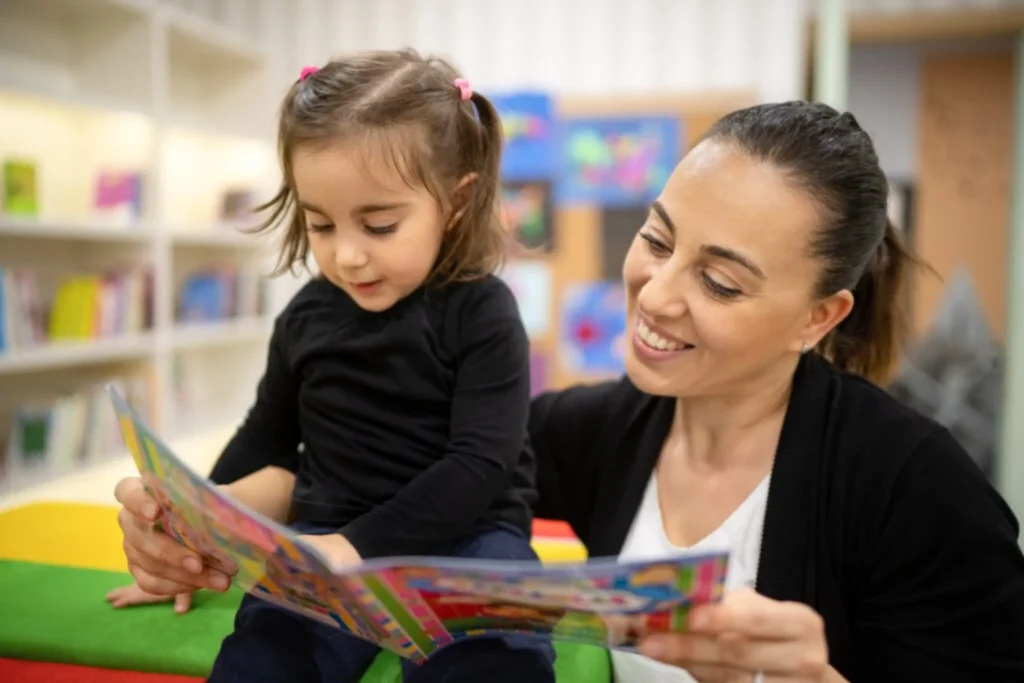What Does It Mean to Listen? 5 Strategies for Connecting with Children

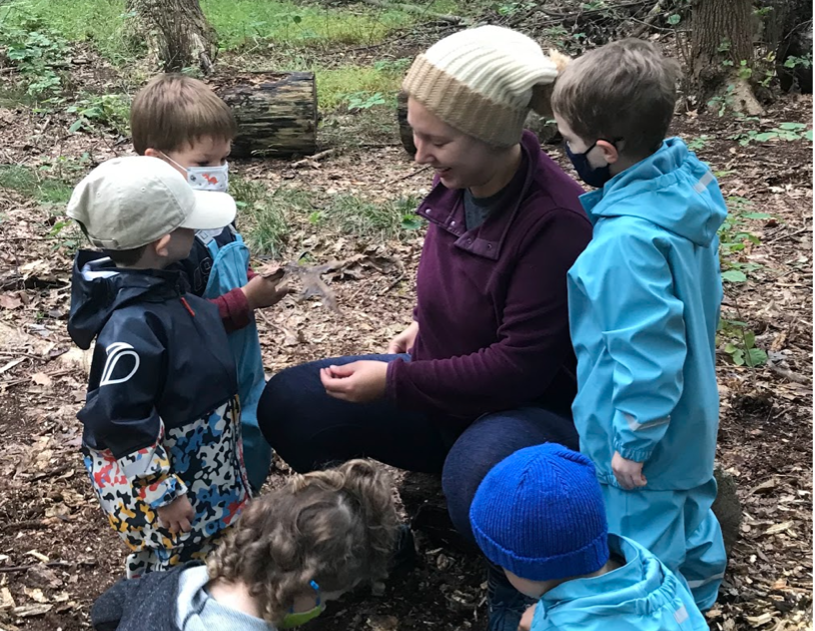
As early childhood professionals, we spend our entire school day talking with and listening to children. Although this seems like an obvious statement, it requires intentionality and self-awareness for adults to listen in ways that enable us to meaningfully connect and scaffold children’s development and learning.
A recent study pointed out what we at Teaching Strategies already know and embrace: how adults respond and listen to children has a profound impact on the way they feel at school, how they view themselves as members of the school community, and their future academic success.
This might leave many early childhood educators wondering, “How can I ensure my daily interactions have the greatest positive impact on the young children in my care?”
The Creative Curriculumclassroom places an emphasis on listening to children and nurturing their development and learning in ways that are warm, personally meaningful, and engaging. Establishing positive relationships is the heart of a The Creative Curriculum classroom. For example, the six positive messages, which are detailed in The Creative Curriculum for Preschool, Volume 1: The Foundation, are simple yet profound and empower professionals to become intentional in the ways they convey them.
Consider the following simple strategies that you can implement immediately to help ensure you are listening to children in ways that deepen your understanding of their thinking and nurture a warm and caring connection.
5 Strategies for Connecting With Children Through Listening
1. Use Your Physical Presence
Remain present and focused by placing yourself at children’s eye level. Show children you are paying attention as you listen by maintaining eye contact and using facial expressions, body language, and gestures. Planning for the physical comfort of adults by having a low stool available can make it more natural and manageable to remain at children’s eye level for extended periods of time.
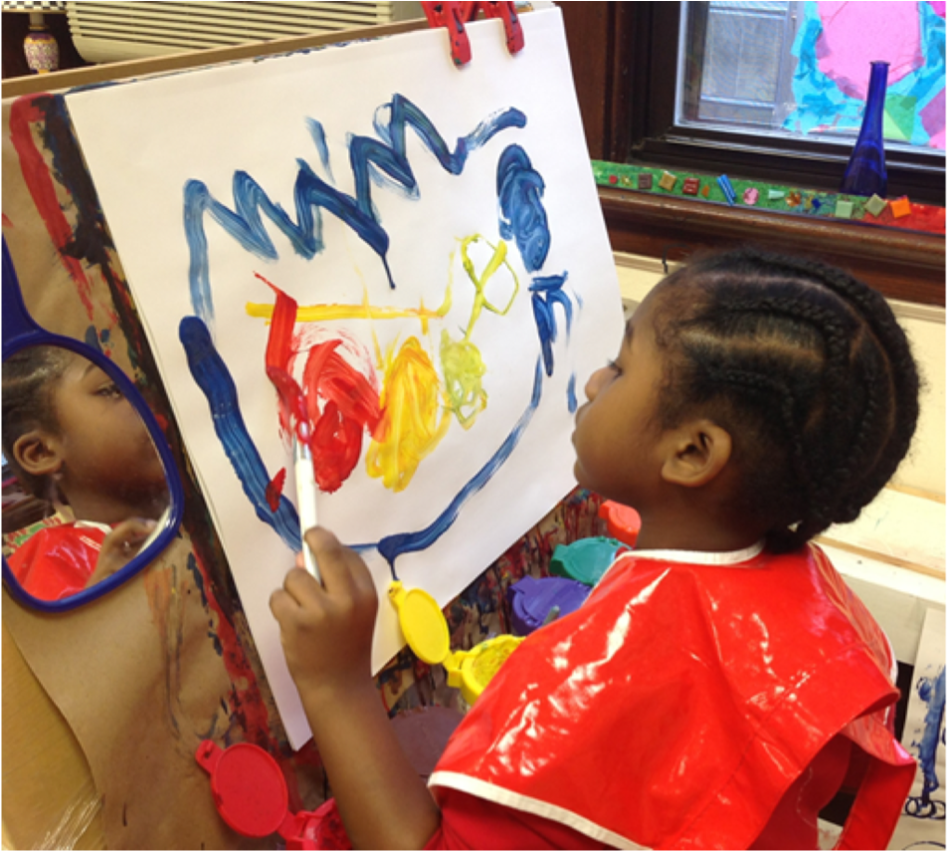
2. Intentionally Observe, Without Commenting
Pay close attention to what children are saying and doing. Adults can gather a great deal of information by watching how children communicate in both verbal and nonverbal ways.
- How are children interacting with materials?
- What expressions are on children’s faces?
- How are children moving their bodies?
- What part of the experience are children commenting on?
How intently adults watch and listen directly affects how well children are able to communicate their thoughts, feelings, and ideas. Of course, there are times when commenting or asking a question is powerful. However, pausing to observe without commenting can provide the right insight on what to say to expand upon, not direct, children’s thinking and allow children to become deeply engaged in the task at hand without any interruption. When capturing documentation, do so in ways that do not interrupt the flow of children’s play and concentration. Avoid asking children to smile or pose for a photo. Rather, document children’s learning in ways that are unintrusive to children’s efforts and engagement.
3. Notice Aloud What Children are Doing
Objectively comment on what you see children doing or saying. This strategy helps adults remain present and focused on the child’s process in order to meet them where they are. By noticing aloud what you see, you can state your observations without asking a question. Nonjudgmental statements encourage open communication, while questions can often be limiting. For example, a teacher might say to a child who is painting at an art easel, “I notice you added blue zig-zag lines at the top of your painting,” rather than asking, “Is that hair you added to the face you painted?”
This approach prompts conversation but prioritizes listening to the child’s response without potentially influencing how the child thinks about their work. By simply stating what you see, you invite children to provide you with more information about their process and creative thinking.
4. Extend What Children Say and Acknowledge Their Efforts
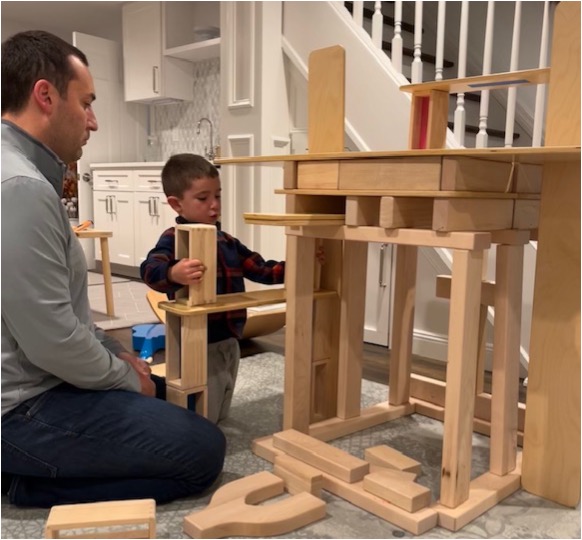 Descriptive feedback offers children information about what you notice them doing and helps children visualize their thinking and develop a sense of ownership and pride over their efforts. While observing a child build in the Block area, a teacher might say, “I see you concentrating and carefully choosing each block to add to the structure.”When adults believe in and verbalize the competencies of all children, it empowers each child to view themselves as confident and capable contributing members of not only the school community, but the world.
Descriptive feedback offers children information about what you notice them doing and helps children visualize their thinking and develop a sense of ownership and pride over their efforts. While observing a child build in the Block area, a teacher might say, “I see you concentrating and carefully choosing each block to add to the structure.”When adults believe in and verbalize the competencies of all children, it empowers each child to view themselves as confident and capable contributing members of not only the school community, but the world.
Adults can also gain an understanding of children’s feelings when we acknowledge that all feelings are accepted, respected, and valued. When adults communicate this message by saying what we see, we can better respond to children’s strong emotions in the moment and model positive ways to manage them. We do this by first listening to a child’s expressions of emotion so we can better understand what they are saying.For example, consider a scenario in which a child cries and hides in their cubby as their father leaves during arrival time. While physically comforting the child, their teacher might say, “I see you crying because your dad left. I am here with you. You are safe. Let’s visit the calming area together.”
5. Follow Children’s Lead
Provide time and space for children to freely test their ideas and go with the flow. It is in these moments, when adults respond by allowing children to decide what to do, listening to their decisions and thought processes, and following their lead, that growth and learning evolve for both the child and the adult. When exploring materials and observing play alongside children, consciously avoid steering children’s play in one direction or another. If children require support, consider questions and comments such as “Can you tell me about how you are using the clay?” or “I wonder how you got that idea.” Open-ended questions encourage children to lean into their creative thinking and test out their ideas.
Avoid interrupting what children are doing to ask probing questions. Rather, wait for a pause to ask the right question. It is also important to note that not all questions require answers: some questions are just wondering out loud.
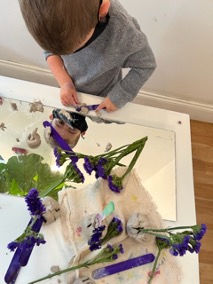
Small Changes Leave a Lasting Impact
Intentionally listening to children in the early childhood classroom can be challenging at times. It may take practice to learn when children need encouragement from a simple observation or open-ended question and when to step back and let children lead. Be gentle with yourself. Like anything else in life, intentionally setting small and achievable goals can lead to transformations—in this case, for your teaching practice, the relationships you build, and positive outcomes for the children in your care.
Six Positive Messages to Guide a Year of Teaching and Learning
Discover simple yet powerful messages you can send throughout the year to foster positive relationships with the children in your classroom.
